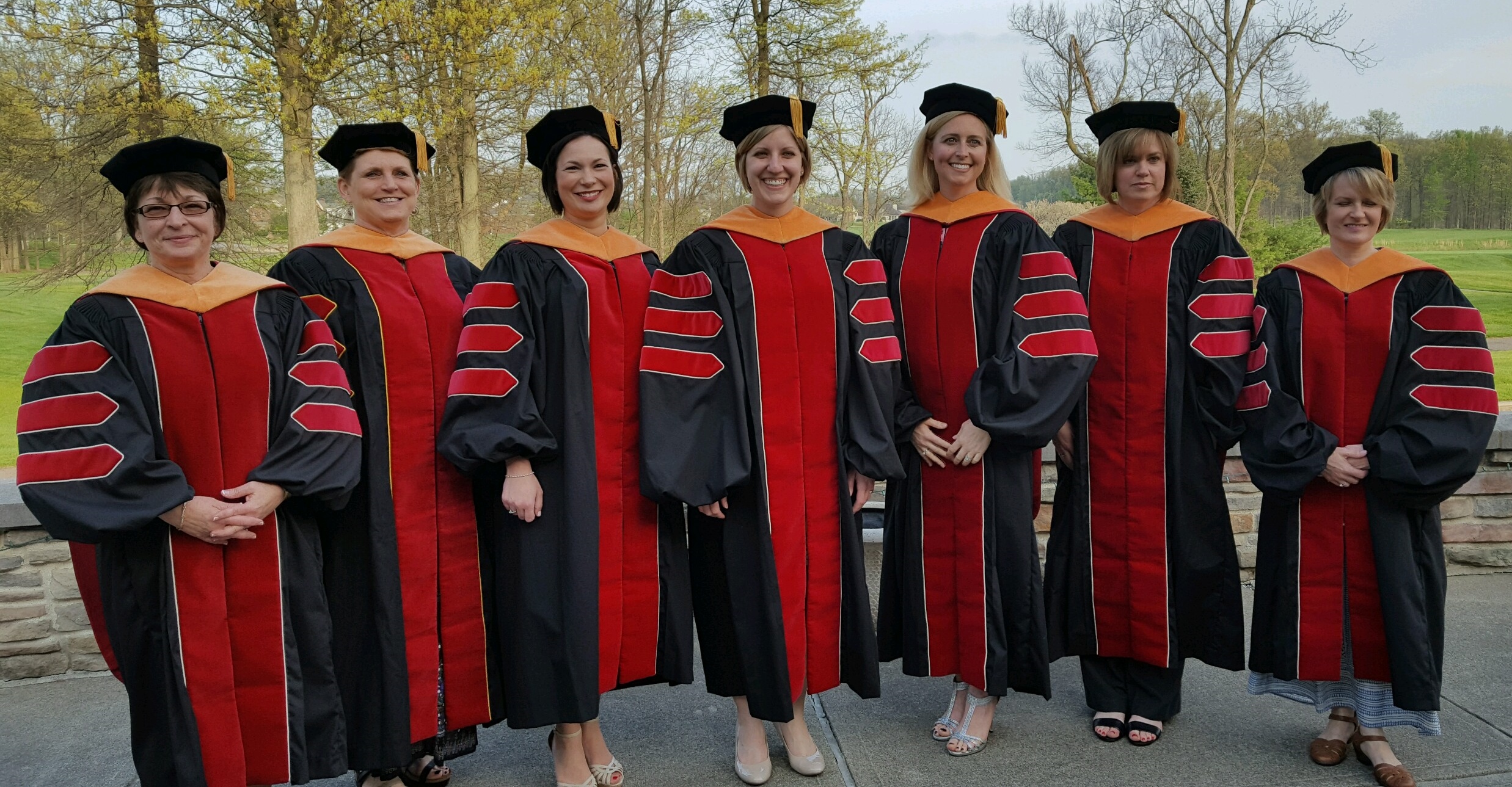Date of Award
4-27-2019
Document Type
Project
Degree Name
Doctor of Nursing Practice (DNP)
Department
Nursing
Advisor
John Chovan, Ph.D.
Keywords
Malignant Hyperthermia, Anesthesia, Labor and Delivery Nurses, Simulation Drill for Malignant Hyperthermia
Subject Categories
Medicine and Health Sciences | Nursing
Abstract
Malignant Hyperthermia (MH) is a rare, inherited disorder of skeletal muscle triggered by general anesthesia in susceptible individuals. Although MH can occur later in the anesthetic course as well as post-operatively, it most frequently occurs shortly after induction of general anesthesia.
Operating room (OR) nurses receive extensive training in MH crisis management. On labor and delivery (L&D) units, neuraxial (spinal and epidural) blocks are the safest and most commonly used anesthetics during pregnancy. General anesthesia is utilized only when the life of the mother or infant is in jeopardy or when a neuraxial block is not possible. Under these circumstances, inhalational agents and succinylcholine, both MH triggering agents, are routinely administered.
Because general anesthesia is used infrequently in pregnancy, L&D nurses are less likely to encounter a MH crisis than OR nurses and are at risk of being unprepared for this rare, life- threatening event. At a medium sized, central Ohio trauma center, nurses are required to complete an online MH learning module annually. This learning module outlines the causes, signs, and symptoms of MH. In addition to the online learning module, OR nurses participate in a MH simulation drill where they practice hands-on MH crisis management skills. L&D nurses do not receive this additional training and could benefit from a MH simulation drill.
A hands-on MH simulation drill was created for the L&D environment to be utilized in conjunction with the online MH learning module. In the simulation drill, L&D nurses practiced skills not covered in the online learning module. The L&D nurses practiced their roles in the event of a crisis, located the MH cart, reconstituted drugs needed, and contacted appropriate help. The simulation drill afforded L&D nurses the opportunity to practice using low frequency, skills to prepare for a MH crisis. After participating in the drill, paired T-test results show improved MH crisis management skills in L&D nurses.
Recommended Citation
Rabinowitz, Patricia, "Poster: Malignant Hyperthermia Preparedness for Labor and Delivery Nurses" (2019). Doctor of Nursing Practice Scholarly Projects. 42.
https://digitalcommons.otterbein.edu/stu_doc/42

